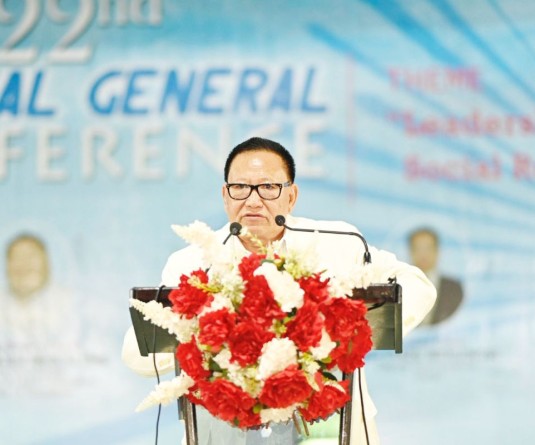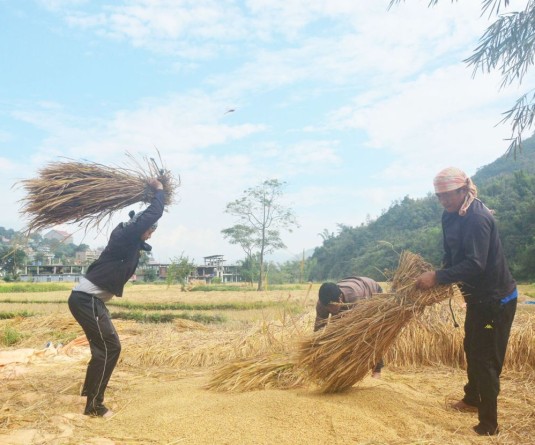 (6).jpg)
Morung Express News
Kohima | March 1
The state currently faces inconsistent power supply throughout the year, with a maximum peak demand of 180MW. During monsoon season, the average generation from state-owned sources is 21MW, while during the lean season (winter), it is 7MW.
In response to a query from MLA Kuzhuluzo Nienu, Minister- in-charge of Power, KG Kenye informed that the state-owned hydroelectric projects currently generates only 6-7MW for 10 hours a day (from 05:00 hrs -10:00 hrs and 15:00 hrs -20:00 hrs). The average shortfall in power ranges from 14.1MW to 60.5MW, resulting in a shortage of about 8% -33.5%. However, Kenye indicated that the maximum shortfall for February 2024, as of February 23, 2023, is 71MW with a shortfall of about 39.5%.
To address the current power shortfall, the state government is forced to purchase power from the energy market at higher rates compared to the long-term tied up Power Purchase Agreement (PPA) with various generating stations. With negligible state own generation of power, the state relies heavily on central sector allocation for power and supplements it by purchasing from the energy market.
Kenye highlighted that the government is emphasising on developing power generation infrastructure to achieve energy self-sufficiency, while the department is actively working on implementing various identified hydro power projects to fulfil this goal such as the Lower Tizu HEP (42MW) and Zungki HEP (24MW) which have been approved for funding by the Asian Development Bank (ADB). The 2.4MW Duilumroi Hydro Project in Peren District is scheduled for completion by March 31, 2024.
The proposed Dikhu 186MW HEP could greatly address the power shortfall in the state, but it is currently facing opposition from two villages in Longleng district, causing a stalemate situation, Kenye also revealed.
To mitigate the erratic power supply, the state government has also taken steps to promote solar power generation under the Independent Power Producer (IPP) mode. Three power purchase agreements (PPAs) have been signed with private developers for a 20MW solar project at Ganeshnagar, a 27MW thermal project at Tuli, and a 10MW biomass plant at AK Industrial village Ganeshnagar, it was informed.
Attributing the shortfall in power availability from various sources for erratic supply of power, Kenye stated that the average availability of power from inter-state generating stations and state-owned generation stations is 138MW during the monsoon season and 110MW during the lean season.
Moreover, Kenye further elaborated that the hydro generating stations are not able to operate at their full potential during the lean hydro season (December to April) and several thermal power stations undergo maintenance shutdowns, resulting in a significant reduction in power availability from central sector allocation.
The Minister-in-charge of Power also stated that unscheduled disruptions in power supply are also caused by vegetation, such as trees and bamboos, coming in contact with power lines. To improve power supply stability, the department has designated May and October as vegetation clearance months, while inadequate infrastructure in transmission and distribution systems, including old and overloaded infrastructure, also contributes to the problem of erratic power supply.





